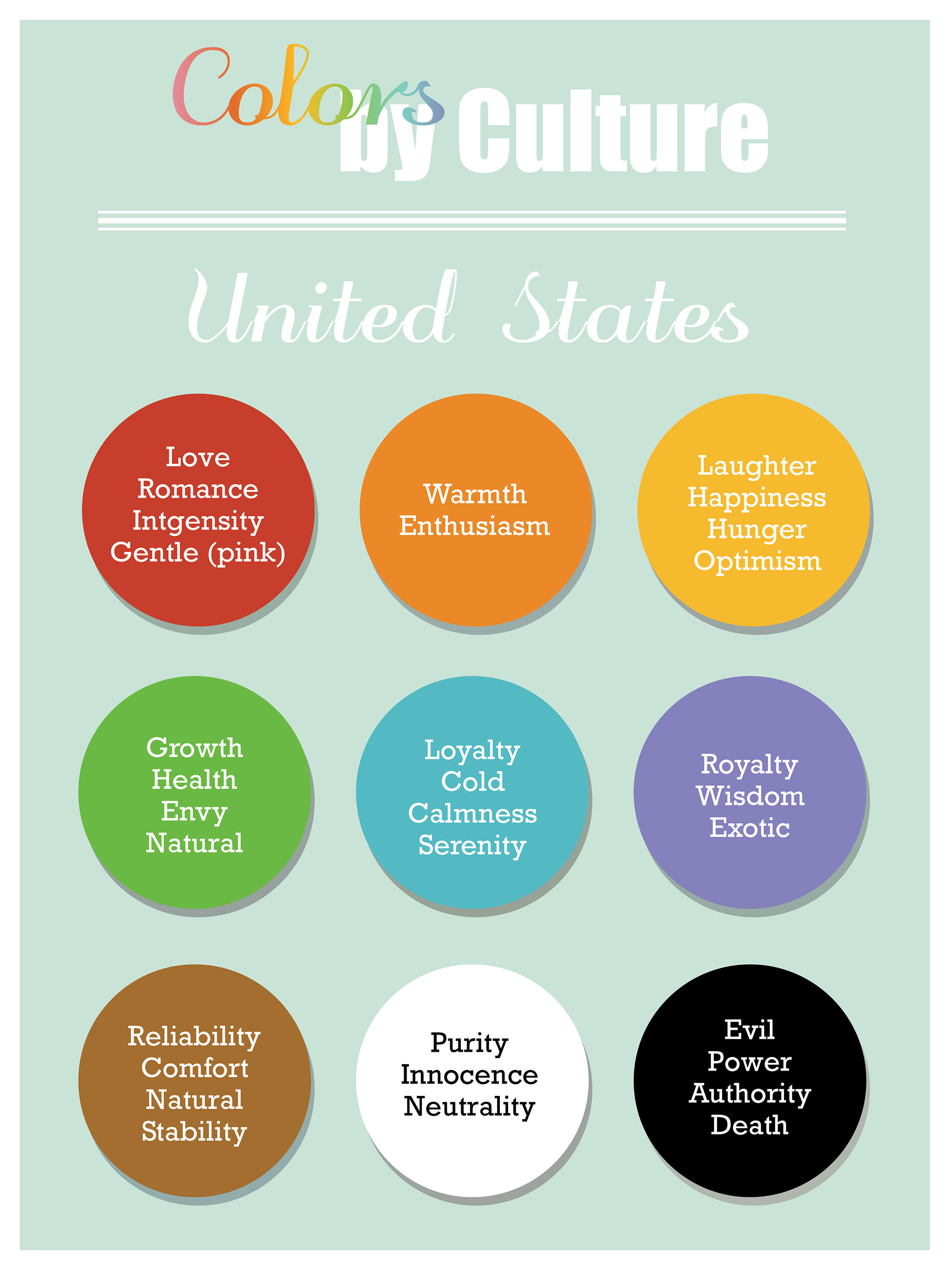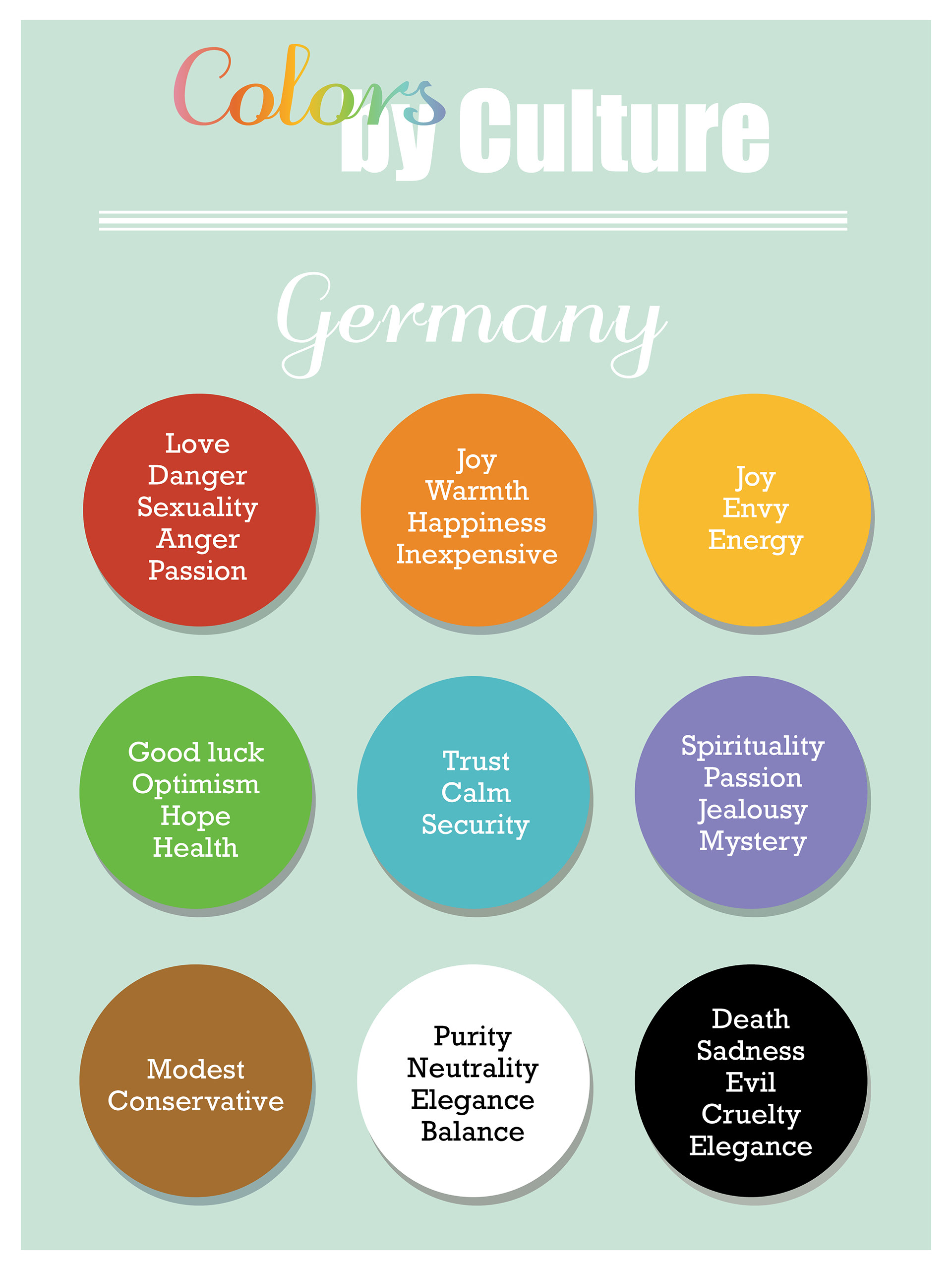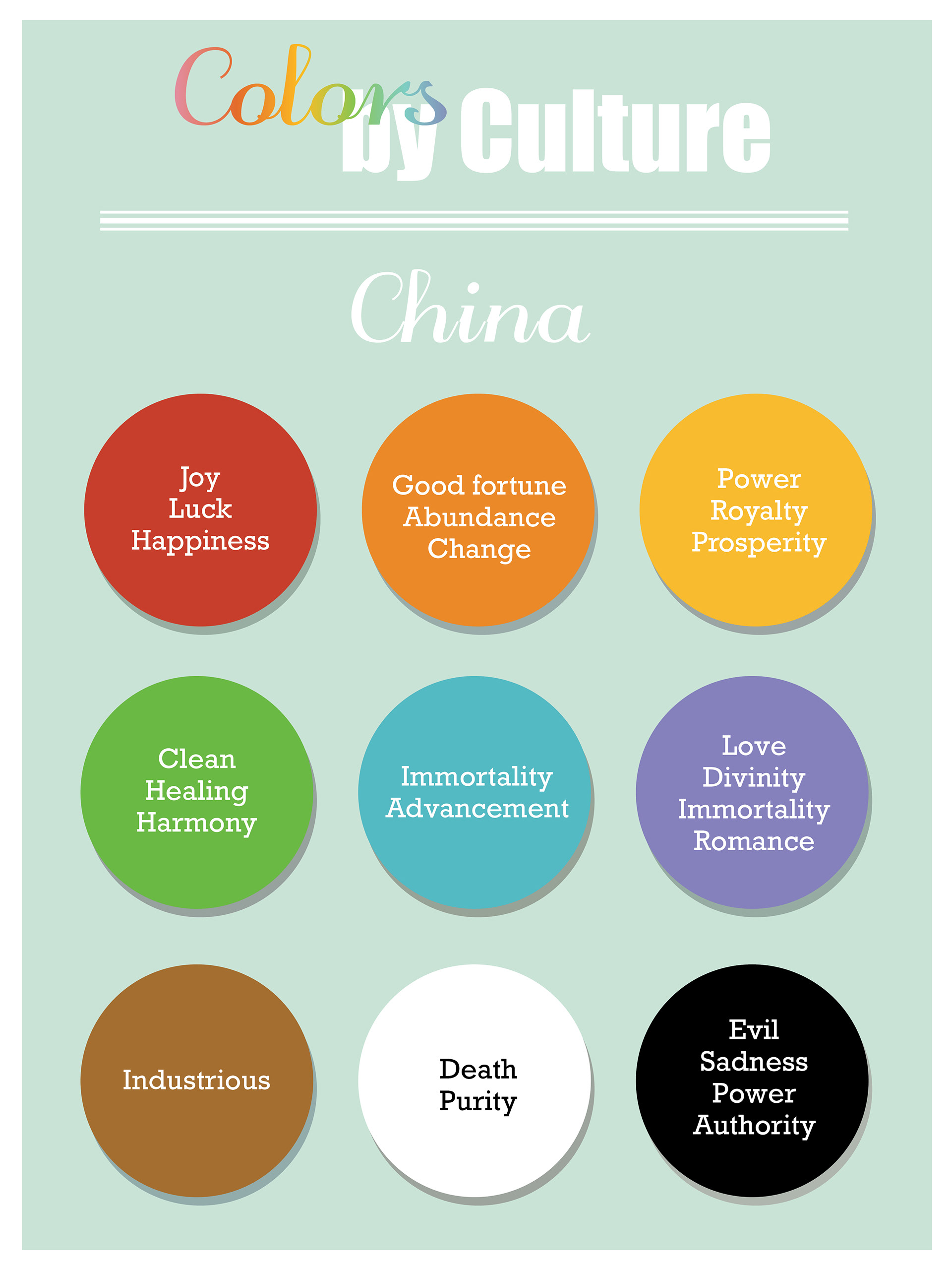Understanding Color Psychology Through Culture
Watercolor and ink
Grunge effect created in Procreate
In my last year of college, I wanted to finish up with a class I believed would truly give me an edge in my future endeavors. Throughout my past graphic design courses, I have found that the use of color is very important. I have learned about how certain colors come across when mixed together on a poster or in a post on social media, and also how a brand may have a specific color palette that needs to be used throughout their advertising, logo, and print collateral. With my background in color theory, I wanted a chance to dig deeper and understand why colors are so important when it comes to advertising around the world. Since I already have a background in color theory, I thought an independent study would allow me to understand color on a deeper level than I have previously learned. One thing I thought would help me in future projects, was to learn how different color choices are perceived by other countries and cultures. As a graphic designer, I think it is important to understand that colors carry deep meanings with them in every culture.
With Professor Oliano’s guidance, I created a fictitious brand and created advertisements for it and then explained why or why not this brand would work in different countries and cultures. Different cultures have different emotions toward colors and as someone who is already beginning to do freelance work with UNC Chapel Hill and The University of Koblenz-Landau, I think it is important to learn about this.
Just as an example, in China if a company who was marketing beauty products was to use the color yellow, China would associate this brand with eroticism. This concept is not something designers may think of in America, and could end up poorly branding their business in other countries. This is something I had not been able to learn during my coursework and I view as extremely important. This research has allowed me to further enhance my Adobe InDesign, Adobe Illustrator, and Adobe Photoshop skills.
Transcribing Credit:
Emily Kubin and Simon Wölfel (German)
Eva Tang, Tony Tang, Junjie Liu, and Annie Guo (Mandarin)









Mockup credit: pixeden.com (duplicated)

Mockup Credit: freepix.com

Mockup Credit: freepix.com

America

Germany

China

Annual Report (old)


